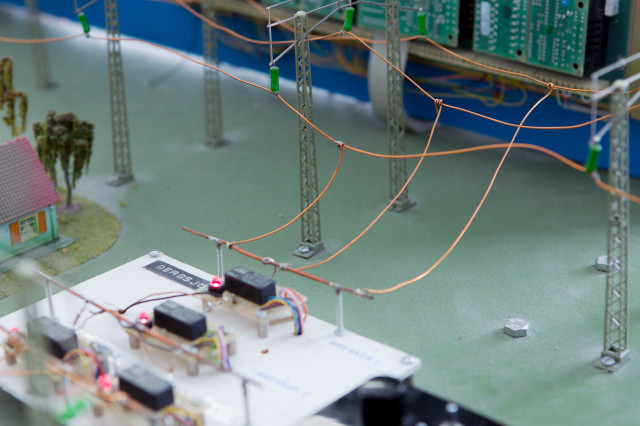This course is based on the most important component of all integrated circuits, the MOSFET transistor, which is made of silicon with nanometer dimensions. The focus is on low-power CMOS technology. New topologies and manufacturing methods are discussed according to Moore's Law. The course also provides a foundation in silicon-based memory technologies and new alternative technologies based on other physical principles and materials. Components with particularly high performance for e.g. high frequency applications are also introduced with examples from III/V-semiconductor technology or equivalent.
Course contents:
- Basic physics for the MOS system and formulation of approximate voltage-current relations for the MOS transistor. Compact physics models for circuit simulation. Modelling of extreme cases in the fabrication process, e.g. process corners.
- Scaling theory and CMOS technology nodes.
- Modern CMOS device topologies, SOI and FinFET, 3D structures including nanowire/sheet.
- Memory technologies: charge-based, resistive or based on other physical
- principles.
- New technologies and applications such as spintronics, 2D materials and 3D fabrication methods.
- Design rules, robustness, testing, reliability, failure analysis, variability at component, chip and wafer level.
- Material properties and transport characteristics in III/V and other compound high mobility semiconductors.
